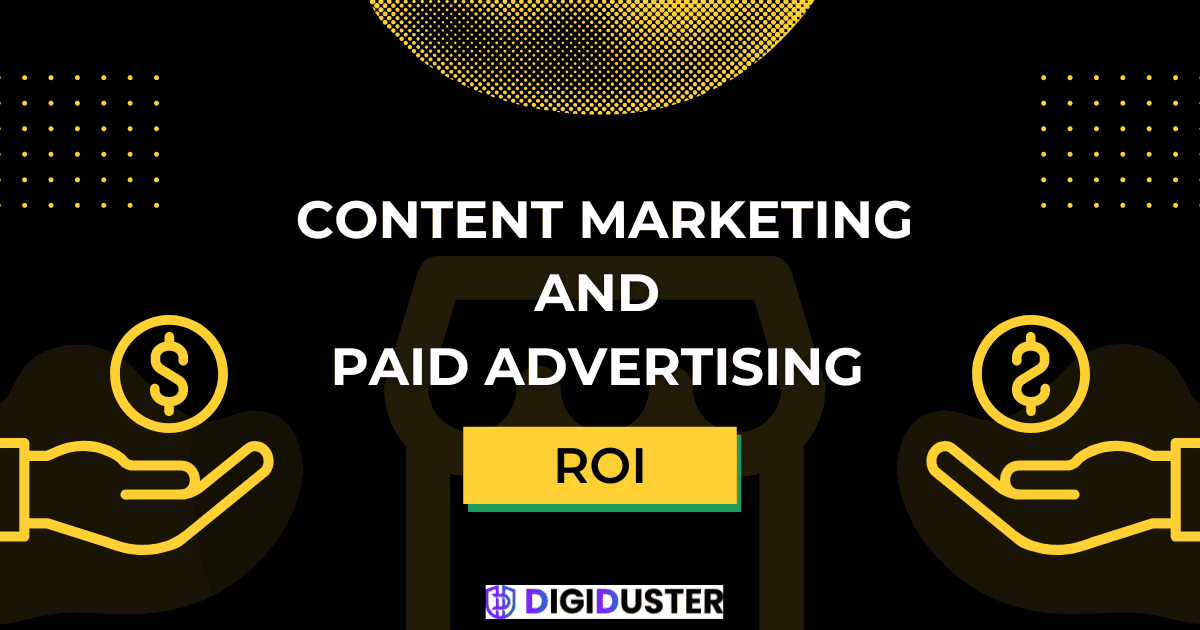Businesses are always looking for ways to stay on top in the rapidly changing environment of digital marketing, and one typically big debate revolves around whether businesses should invest their dollars into content marketing or paid advertising. Both methodologies have their distinct benefits and can be highly ROI focused, but they function in different ways for a purpose. In this blog, I discuss the pros and cons of each route that might give you an idea.
What Is Content Marketing
Content marketing is an approach centred around creating and distributing valuable/compatible content to captivate a particular audience. An overview of this type of content could be blog posts, videos, infographics podcasts, or social. It is to build trust and authority in your niche, which leads to making sales down the road.
Benefits of Content Marketing
Cost: Content marketing is typically a more cost-effective alternative in the long term. Although it may require an initial investment in the quality of content, you receive free organic traffic over time without any repeating costs. Content marketing drives three times the leads per dollar spent as paid search advertising does.
Long-lasting Value: Once created, valuable content can drive traffic for years. Published content is different from paid ads, for example- when the funding stops so do leads while a great written post provides visibility to potential mates indefinitely.
Building Trust: Across the board, consumers trust branded content more than they do traditional advertising. Businesses can use this medium to provide meaningful information and in turn, build credibility with their audience.
Building a concrete content marketing strategy is time-consuming. This could also be a downside for those looking to find quick results, as the turnaround in business may not come immediately.
Drawbacks of content marketing
Time-Consuming: Building a concrete content marketing strategy is time-consuming. This could also be a downside for those looking to find quick results, as the turnaround in business may not come immediately.
See also: The Role of Data Analytics in Modern Marketing Research
Need for Expertise: Content marketers should know very well about what the audience needs and various SEO best practices. Armed with this knowledge, businesses can scrap content that is not performing and produce more of the stuff their audience wants to see there.
What is Paid Advertising
Paid advertising includes different types of digital ads such as pay-per-click (PPC), social media, and display. These ads enable businesses to target certain demographics in a matter of seconds, showing on platforms like Google, Facebook, and Instagram.
Benefits of Paid Advertisement
Fast Results: When you run paid ads, it gives an immediate impact by giving lots of traffic and leads to your business. Businesses can receive immediate engagement and conversions when an ad campaign is activated.
Targeted Reach: Paid ads offer targeted reach, so brands can target people by demographic and/or interests or behaviours. That precision can result in higher conversion rates than broader content marketing efforts.
Predictable ROI: Many marketers find it easier to predict ROI from paid advertising due to its measurable nature. Businesses can track clicks, conversions, and overall performance metrics in real-time.
Disadvantages of Paid Advertising
Ongoing Costs: Paid advertising requires continuous funding to maintain visibility. Once you stop paying for ads, the traffic ceases almost immediately.
Ad Fatigue: Consumers are becoming increasingly resistant to traditional advertising methods due to “ad fatigue.” Many users actively avoid ads or employ ad-blocking software, making it challenging for brands to capture attention.
No Trust-Building: Paid ads are usually good for quick sales, but do not provide trust-building as in content marketing. Consumers may view them as intrusive or overly promotional.
Comparing ROI
As with anything else, the ROI on content marketing vs paid advertising depends:
Long-Term vs Short-Term Gains: Content marketing typically yields better long-term ROI due to its evergreen nature and ability to build brand loyalty over time. In contrast, paid advertising may provide quick wins but requires ongoing investment for sustained results.
Cost Per Acquisition (CPA): Content marketing often results in a lower CPA over time as organic traffic accumulates without additional costs per click or impression. Paid advertising might result in a higher initial conversion rate but it comes with a price per acquisition.
See also: The Future of Digital Marketing: Trends to Watch in 2025
Brand Perception: Content marketing helps to give a perception of the brand by positioning businesses as thought leaders in their industry. This esteem translates into repeat business and word-of-mouth recommendations — two things that can be much more difficult to accomplish with paid advertising alone.
Conclusion
The best option for your business between content marketing and advertising would depend on what is more important to you — Is it volume? If a company is seeking instant results and wants to control where ads are shown this might be the best route. But if you are mainly after more of a long-term sustainable relationship with the market and want to build your brand, then content marketing will likely benefit in ROI over time.



